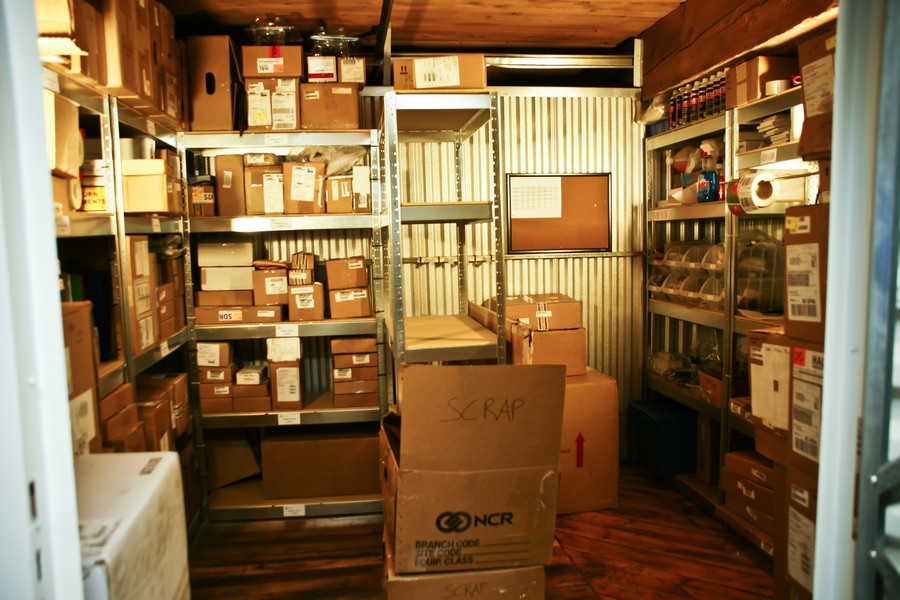
Moving and Storage Tips from the Pros
Moving Tips
Moving doesn’t have to be stressful. Think of it as a new adventure! Here are some tips to ensure your move is a breeze.
1. Purchase a storage unit before moving day
You’ll have enough on your plate on moving day. Save yourself some time by purchasing your storage unit ahead of time.
2. Keep cleaning supplies readily available
You’ll definitely find a spot that needs dusting as you move your items and it will be nice to have your duster, broom, and mop on-hand.
3. Purchase moving insurance
If you would be devastated to find your items damaged from the move, consider purchasing moving insurance. After all, accidents happen.
4. Visualize how items will fit in the moving truck
You may have to put your Tetris skills to good use. Before loading the truck, think about which items should be in the back of the truck and which ones should be at the front.
5. Stay hydrated
Moving is hard work. Make sure you drink fluids throughout the day to avoid dehydration.
6. Get estimates, referrals, and references for moving companies or truck rental businesses
Don’t hire the first moving company you speak to. Take your time and compare prices and services.
Storage Tips
Consider the following tips when storing your items to make the search for your belongings painless.
1. Use small boxes
The key to a successful move is working with many small boxes (under 50 pounds), rather than a few large ones that are heavy to lift.
2. Keep all pairs or parts together
You don’t want to be searching high and low for the furniture screws, mirror bolts, or the cord that goes with an electrical item. Avoid the scavenger hunt by bagging and taping your hardware under its matching piece.
3. Go room by room
To stay organized and to make it easier to unpack, try packing the boxes systematically, room by room. Furthermore, assign each room in the house a color and place that color on the appropriate box.
4. Start with the old
Once you establish which items won’t make it to the next house or apartment and make a donation pile, pack the items that are currently out of season first. Next, pack the items that you don’t use as often and leave the essential, frequently used items for last.
5. Use fabric
To reduce the amount of bubble wrap you have to purchase, utilize socks, towels, and bed sheets to fill excess space in the boxes.
6. Fill boxes in layers
Place the heavy items at the bottom of the box, medium items next, and then the lightest items on top. For dividers, consider using crushed paper or pieces of cardboard between each layer.
7. Storing furniture
Disassemble and cover. Wrap table legs. Lay down blankets or a pallet between furniture and the floor. Place tables top down on the floor with legs pointing towards the ceiling. Stack chairs seat-to-seat with cloth. Avoid stacking furniture on outside walls.
8. Storing metal
Wipe a few drops of oil on bicycles and tools as a rust protector.
9. Storing books and personal papers
Use file boxes. They are the best containers for your important documents. Pack books flat and fill any empty space to minimize movement. Avoid overfilling cartons.
10. Storing large appliances and equipment
Leave appliance doors slightly ajar. Make sure your refrigerator or freezer is clean and dry.
11. Storing clothes
Avoid excessive wrinkling to your clothes by utilizing wardrobe boxes.
12. Storing breakables
Wrap plates, saucers and bowls individually. Use a china carton divider kit for increased security. Fill paper into bottom, top and empty spaces in the carton.
Still have questions?
We’d love to hear from you.
